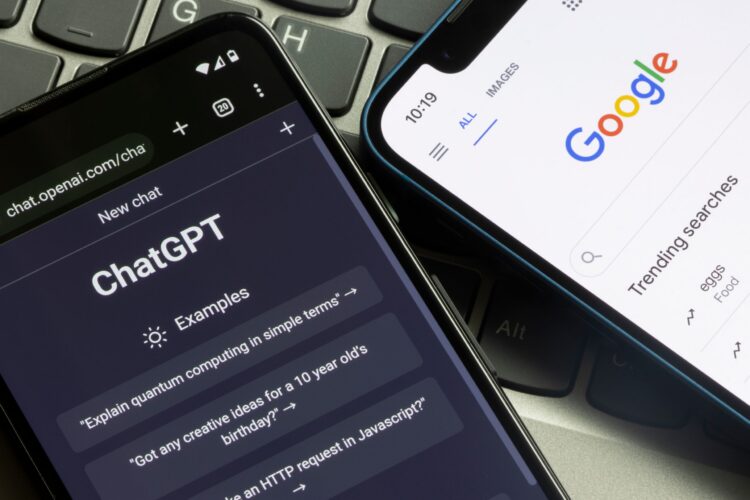The use of AI in media is growing, and it is changing the way content is created and distributed. However, there is still a lot of debate on how to effectively use this technology in a way that benefits both writers and consumers. This article, will focus on the larger use of AI in media and how it is changing the landscape of content creation as discussed in a recent webinar featuring industry Substackers Alice Dubin, Aly Walansky, and Jill Schildhouse.
A key point that emerged early on in their discussion is that there will always be a need for experiential reviews. While AI-generated content can find online information on products, it cannot replicate the human experience of using a product. Writers should focus on personalized pitches that include storytelling, rather than just listing product features. For example, instead of focusing on the technical aspects of a flashlight, the pitch could focus on how it felt to use the flashlight, such as the freedom to run in the dark, the weight and feel of the flashlight itself, or how the colors made someone’s children smile.
However, the use of AI-generated stories is not without its challenges. Some media outlets have had issues with plagiarism, pulling content from outdated sites, and are learning that many readers are also unsettled by this trend of AI-generated content.
Ultimately, Dubin, Walansky, and Schildhouse agreed that this industry is still a moving target that is catching both readers and publicists by surprise. As AI-generated content continues to proliferate the media landscape, readers will begin to seek more experiential, personal contact. After all, nothing can replicate the “human touch”.
While AI-generated content has its benefits, such as saving time and resources, it cannot replicate the human experience. Writers should focus on personalized pitches and storytelling to create experiential content that resonates with readers. As the media landscape continues to evolve, it will be interesting to see how AI and human creativity can work together to create compelling content.
To learn more about this webinar, you can visit Alice Dubin’s newletter on Substack.






Leave A Comment